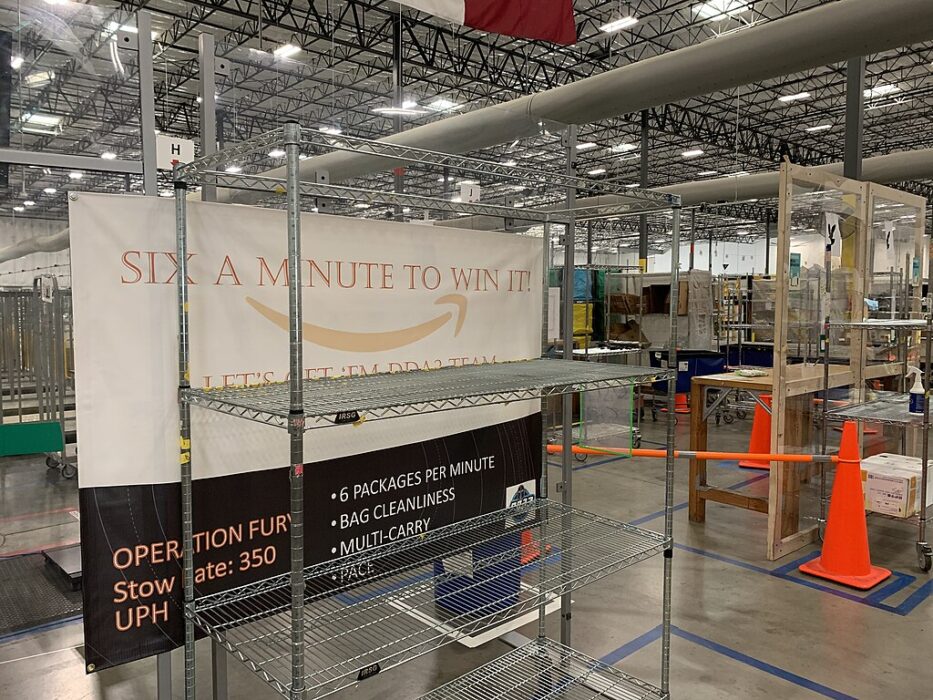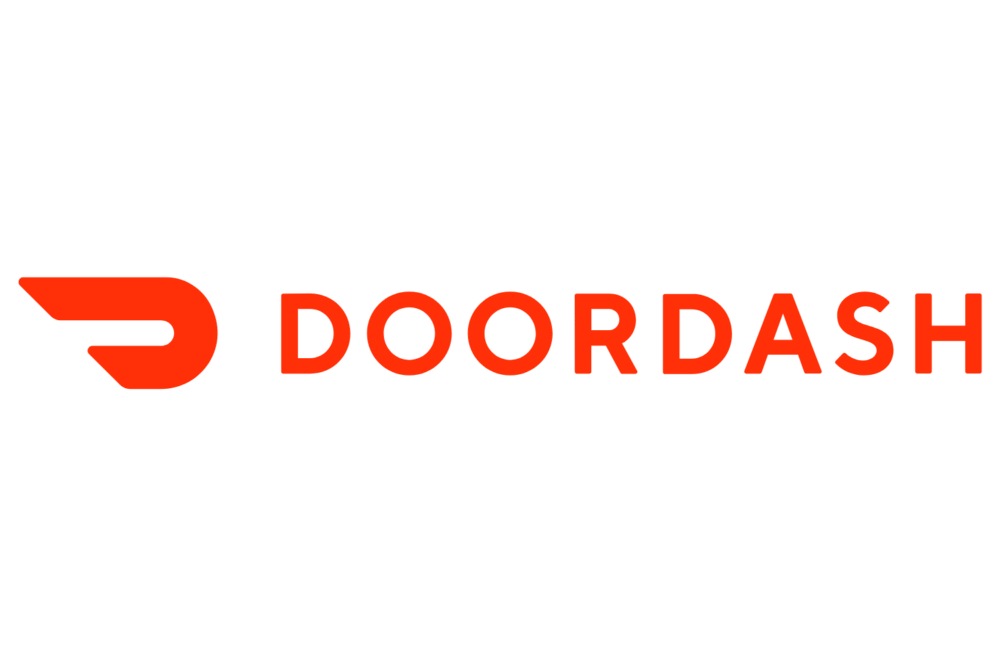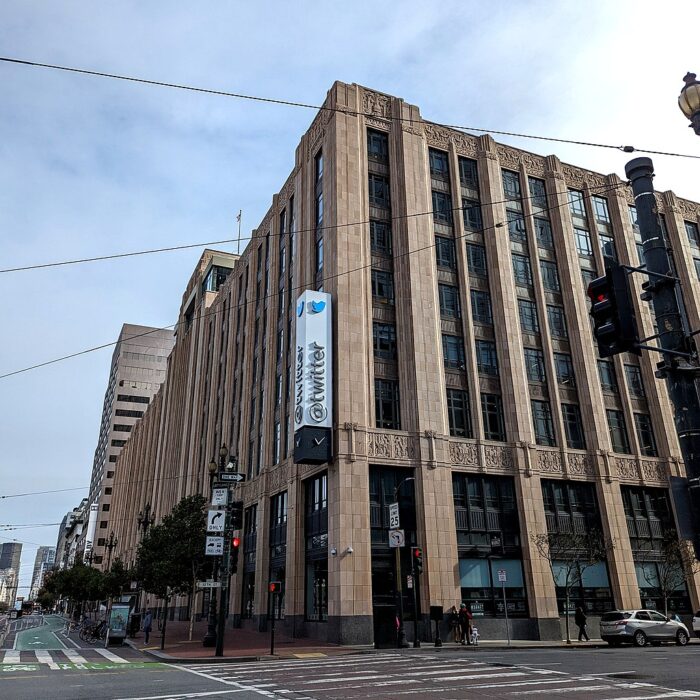Some companies hand you a badge and then yank it away just as quickly.

The job hunt is brutal, so finding a company that hires quickly can feel like a huge relief. A prompt offer gives you hope, validation, and maybe even a much-needed paycheck. But that excitement can turn to regret if you realize you’ve landed at a company that hires fast because they burn through people even faster. These places don’t just move quickly—they churn through employees like an assembly line.
It’s not always obvious at first. The onboarding might be slick, the team might seem friendly, and the company might throw perks at you to sweeten the deal. But once the honeymoon fades, you start to notice the turnover. Colleagues disappear without warning, new faces pop up constantly, and upper management quietly shifts blame while tightening the screws. If you’re not careful, that fast offer you were thrilled to accept could turn into a pink slip in record time. These companies are known for hiring in a flash and firing without blinking—and if you’re eyeing them for your next move, it pays to know what you’re walking into.
1. Amazon runs on speed and pressure.

Amazon is infamous for its lightning-fast hiring process—especially during seasonal surges, according to Tim at Tim Sackett. Warehouses and delivery positions often get filled in days, sometimes without even speaking to a manager. But the same urgency that brings you in can also shove you out if you don’t meet the grueling expectations. High quotas, rigid performance metrics, and little tolerance for personal setbacks make it easy to fall behind.
What’s more alarming is how quietly people disappear. You might work with someone on a Monday and find their badge deactivated by Friday. Amazon’s algorithms track performance minute by minute, and falling short even slightly can trigger a termination. It’s not just warehouse roles, either—corporate employees have reported abrupt firings during periodic purges. The pace is relentless, and while it might offer steady pay up front, the job security can vanish just as quickly.
2. Tesla thrives on chaos and turnover.

Tesla is another company that welcomes talent with open arms—until it doesn’t. Elon Musk’s fast-paced, “move fast and break things” philosophy extends to hiring and firing, as reported by Aytekin Tank at Entrepreneur. Engineers and factory workers alike can find themselves recruited and onboarded in record time, only to be laid off weeks or months later when priorities shift or leadership loses patience.
The culture is intense, and the demands are unforgiving. Employees are expected to put in long hours, adapt constantly, and work through uncertainty without much support. If you’re high-performing and aligned with Musk’s style, you might thrive. But many others burn out or get blindsided when the company suddenly decides to cut roles in a restructuring move. At Tesla, getting hired is like joining a racecar mid-lap—there’s no guarantee you’ll make it to the finish.
3. Uber scales fast, then trims ruthlessly.

Uber has a history of aggressive hiring, especially when expanding into new markets or launching fresh initiatives. Roles can be filled quickly, often based on a few promising interviews and a sense of urgency. But just as swiftly, the company has pulled the plug on entire departments, slashed regional teams, or restructured business units with little warning, as stated by people at Equalture.
Employees often find themselves swept up in the excitement of innovation, only to be swept out during a budget cut or leadership shakeup. Being part of Uber can feel like riding a rocket—fast, exhilarating, but unpredictable. If you’re considering a role there, don’t assume the offer means long-term stability. Promotions may come quickly, but so do pink slips when the company shifts gears or misses targets.
4. WeWork’s growth model rewarded speed over sustainability.

WeWork once symbolized the flashy, fast-paced startup dream. During its peak, it hired in droves—recruiters moved quickly to lock in talent, especially during expansions. But as the business faltered under financial strain and public scrutiny, waves of layoffs followed. Entire teams were cut with barely a week’s notice, and internal chaos only accelerated turnover.
Employees described a culture where things moved so quickly, leadership didn’t always know who worked where or what teams did. That same speed made it easy to fall through the cracks or become redundant in the next reorg. For those chasing excitement and novelty, WeWork delivered. But for people seeking stability and growth, it turned into a cautionary tale of what happens when you hire too fast and think too little about the long-term.
5. Meta makes bold bets—and quick exits.

Meta (formerly Facebook) is known for hiring talented people at scale, often wooing candidates with high salaries and exciting roles in emerging tech areas. But those same ambitious projects can be killed off in an instant, leaving entire teams without jobs. In recent years, Meta laid off thousands in multiple rounds, often targeting new initiatives like metaverse development or content moderation changes.
The pressure to innovate at Meta creates a cycle of experimentation and abandonment. You might be hired for something visionary, only to find that leadership moves on before it has time to succeed. Being at Meta can feel like a high-stakes game of musical chairs—there’s money, prestige, and challenge, but the music can stop at any time. You need thick skin and a backup plan if you’re signing on.
6. DoorDash expands quickly, then contracts without hesitation.

DoorDash’s rapid growth meant hiring operations staff, engineers, and delivery support workers almost as quickly as the market could absorb them. Many employees were brought on during surges in business, especially during the pandemic. But as delivery trends leveled off and margins tightened, DoorDash began laying off large groups of employees with little advance warning.
The company’s data-driven culture prioritizes efficiency and profit margins, which can leave workers vulnerable when numbers don’t line up. While hiring may feel like an exciting opportunity to join a scaling tech brand, the reality is that DoorDash’s workforce is often treated as an adjustable lever. If the business needs to cut costs, they act fast—and those shiny onboarding videos won’t offer much comfort during exit interviews.
7. Google hires carefully—but still fires fast in downturns.

Google has a reputation for rigorous hiring, but once you’re in, job security isn’t guaranteed anymore. In recent years, even high performers with long tenures have found themselves laid off during efficiency pushes and cost cuts. Despite their famous perks and sprawling campuses, Google’s leadership has shown it’s willing to prioritize shareholder value over employee stability.
What surprises many is how quickly things can change. One week, you’re attending a team offsite; the next, you’re locked out of your email. Internal tools and bots now play a bigger role in evaluating performance, and restructures often arrive with little transparency. Working at Google still carries prestige, but it no longer guarantees a safe, long-term path like it used to.
8. Twitter’s chaos under Musk changed everything.

Since Elon Musk took over Twitter (now X), the company has been a masterclass in fast hires and even faster firings. Massive layoffs gutted the original workforce, only for new hires to be brought in—and then let go again just weeks later. Roles are reshuffled on the fly, and internal decisions seem driven by impulse as much as strategy.
Employees report a sense of walking on eggshells, unsure who’s making decisions or what the long-term plan is. For those who thrive on adrenaline and can tolerate uncertainty, it might be an exciting ride. But most workers find the instability exhausting and demoralizing. If you’re thinking about joining, you’d better be comfortable packing light and moving fast—because things rarely stay the same for long.
9. Better.com became a poster child for ruthless layoffs.

Better.com gained notoriety when its CEO laid off hundreds of employees over Zoom just before the holidays—a move that shocked even the most cynical workers. But that wasn’t a one-time event. The company continued to make swift hires and equally quick cuts as it tried to navigate the volatile housing and fintech markets.
People signed on expecting a modern, fast-growing workplace and instead found a place where job security was paper-thin and leadership communication lacked empathy. The company’s culture of “efficiency above all” left little room for second chances. Getting hired might have felt like a win, but many quickly learned they were disposable if market conditions turned sour. It’s a brutal reminder that speed and growth don’t always equal safety.
10. Shopify trims the fat right after scaling up.

Shopify built its brand as the darling of e-commerce—especially during the pandemic boom when online shopping hit new highs. To keep up, the company onboarded employees at lightning speed, expanding its teams globally and diving into ambitious side projects. But as market growth cooled, the company reversed course just as quickly. Thousands of jobs were eliminated in multiple waves, with entire business units shelved or spun off.
Many employees didn’t see it coming. One week they were innovating new tools for merchants, and the next, their Slack access was revoked overnight. Leadership justified cuts as part of a new focus on “craftsmanship,” but for those let go, it felt like being swept aside after rushing to meet unrealistic goals. Shopify might still be a great opportunity, but it has shown it won’t hesitate to shrink as quickly as it grows.
11. Peloton’s rise and fall caught employees in the middle.

Peloton exploded into homes across the country during COVID lockdowns, and the company scrambled to hire across engineering, content, logistics, and customer support. The demand was there—until it wasn’t. As gyms reopened and demand for at-home fitness cooled, Peloton found itself with a bloated workforce and rapidly falling revenue.
Employees who’d been recruited with promises of growth and long-term vision suddenly found themselves on layoff lists. It wasn’t always based on performance—just bottom-line adjustments and overestimated demand. Many reported poor communication and abrupt exits. What once felt like a revolutionary health brand began to look more like a cautionary tale in overexpansion. If you’re considering joining a trendy company mid-hype, Peloton is a prime example of why you should read the fine print—and maybe have a backup plan.
